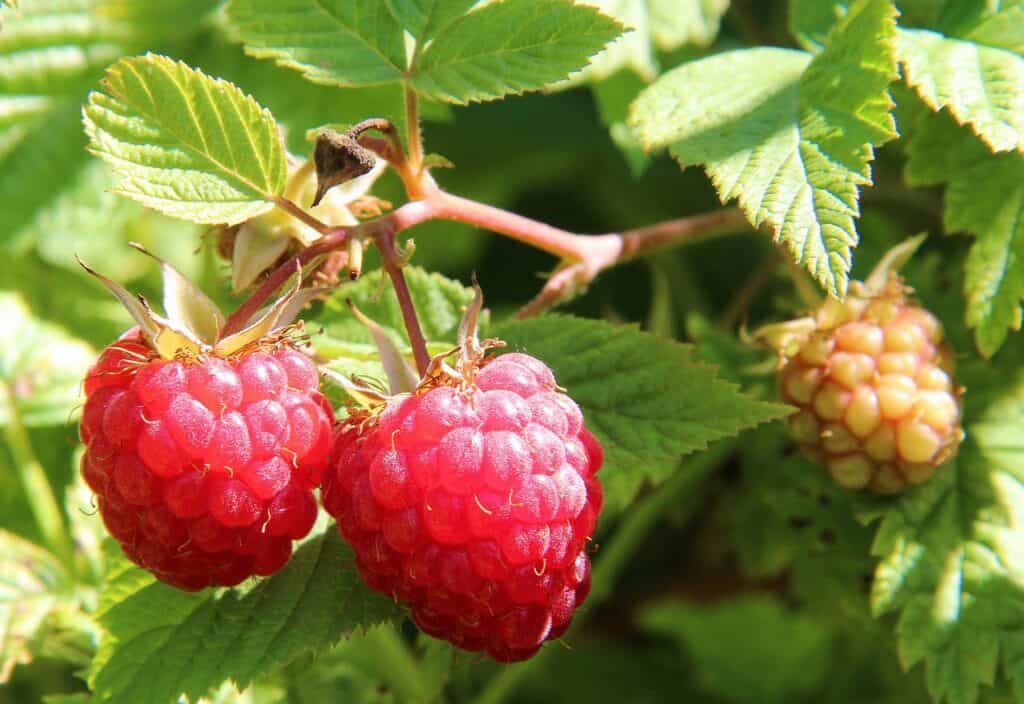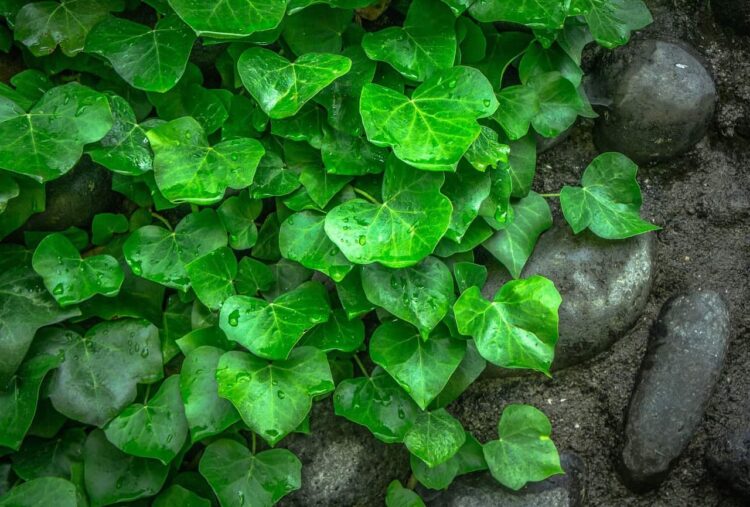Table of Contents
Keeping stick insects as pets means looking after them the same way you would dogs, cats, etc. They need to be fed, watered, and protected from anything that could endanger their health and well-being. Where food is concerned, different stick insects eat different things. Can stick insects eat ivy? Can they eat bramble and oak? It all depends on the species you are talking about.
Many stick insect species eat ivy leaves. The best way to find out if yours does is to place some in their enclosure. Don’t worry about poisoning them as they will just not eat anything harmful to them.
Stick insects are part of the phasmatodea order of insects. But here’s the thing: the phasmatodea order is quite extensive. There are literally thousands of different species and subspecies found within it. Just on the island of Borneo alone, for example, there are 300 different species of stick insects.
The good news is that most species are fairly easy to feed. There are only a few with picky eating habits, so you shouldn’t have trouble finding food for your pets. With that said, let us talk about the kinds of foods stick insects normally feed on.
For more advice and information on keeping and looking after stick insects, check out my ebook on Amazon click here
(opens in a new tab).

Ivy
We will start with ivy given that it is the preferred food of the Indian stick insects . Known scientifically as Carausius morosus, the Indian stick insect is fairly hardy and easy to care
. Known scientifically as Carausius morosus, the Indian stick insect is fairly hardy and easy to care for. That makes it one of the most popular kinds of stick insects to keep as a pet
for. That makes it one of the most popular kinds of stick insects to keep as a pet . They are frequently found as pets in schools, day-care centres, and private homes.
. They are frequently found as pets in schools, day-care centres, and private homes.
The good news in terms of feeding is that Indian stick insects can live almost exclusively on ivy. Other species can and do eat ivy when it’s available, but they are not limited to it alone. We will talk about some of the other food options in just a minute. But first, let us discuss where you can find ivy.
almost exclusively on ivy. Other species can and do eat ivy when it’s available, but they are not limited to it alone. We will talk about some of the other food options in just a minute. But first, let us discuss where you can find ivy.
Ivy is an evergreen plant found in woody areas throughout the world. It is also fairly easy to cultivate, so stick insect owners could grow some in their own gardens (or even indoors in pots). It holds up very well to temperature extremes and all sorts of weather. In the absence of growing your own ivy, a quick trip in the woods should provide plenty of ivy for collection.
Bramble
Bramble is another evergreen species that grows as a shrub. It is next in line behind ivy because it is considered the all-purpose food for most stick insects. Most species eat it as a normal part of their diets; some can survive exclusively on bramble.
Bramble is similar to ivy in that it grows in just about every part of the world. You can generally find it on the side of a country road, at the edge of a forest, or in a field laden with wildflowers and tall grasses. You can grow it at home if you have a green thumb.

Oak Leaves
If you live in North America, Europe, Asia, or North Africa, oak is another possibility. The leaves of oak trees and shrubs are pretty attractive to stick insects. The only downside is that oak is not evergreen. The leaves are a good source of food from late spring through late summer, but not so good once they start to change colour and drop.
There are many other plants that stick insects can eat. We will talk about those in future articles. To close this article though, we want to return to ivy. There are some additional things you should know about this plant if you plan to feed it to your Indian stick insect.
Pay Attention to Leaf Colour
Though Indian stick insects can subsist mainly on ivy, you have to be careful about the leaves you feed them. Lighter coloured leaves common in the spring can be dangerous to stick insects. Because they have not fully matured, there are compounds in those young leaves that could prove toxic.
It is best to stick with dark, older leaves from a mature plant. If you have an immature plant you are trying to cultivate, leave it alone and wait for the leaves to ‘ripen’ if you will. It is better to be safe than sorry. However, know that stick insects are well aware when something is either not good for them or dangerous; they will simply leave these leaves alone and not eat them.
Growing Ivy at Home
Growing your own ivy at home will save you the labour involved with trekking to the woods or the expense of buying it at the store. Growing at home is fairly easy as well, as long as you give the plant what it needs. At the top of the list is light.
will save you the labour involved with trekking to the woods or the expense of buying it at the store. Growing at home is fairly easy as well, as long as you give the plant what it needs. At the top of the list is light.
Most species of ivy need a lot of light to thrive. That means finding a place in your home where plenty of natural sunlight shines through the windows. In the winter months, you may have to introduce extra artificial lighting to make up for shorter days.
As far as watering is concerned, be careful not to over-water your ivy plants. Ivy prefers soil slightly on the dry side. The secret to proper watering is to feel the soil before you do anything. If it’s dry to the touch, add just enough water to saturate the soil immediately surrounding the plant. Then don’t water again until the soil is dry to the touch.
Your ivy will do much better if you fertilize it on a regular basis. A good rule of thumb is to add a water-soluble, nitrogen rich fertilizer about once a month. Stay away from chemical fertilizers as these can be harmful to your stick insects.
Can stick insects eat ivy? Absolutely. If you are not sure of the species of your insects, there is plenty of information available, either here on this website or elsewhere online, that can help you figure it out. Once you know the species, you can research the best food sources.

